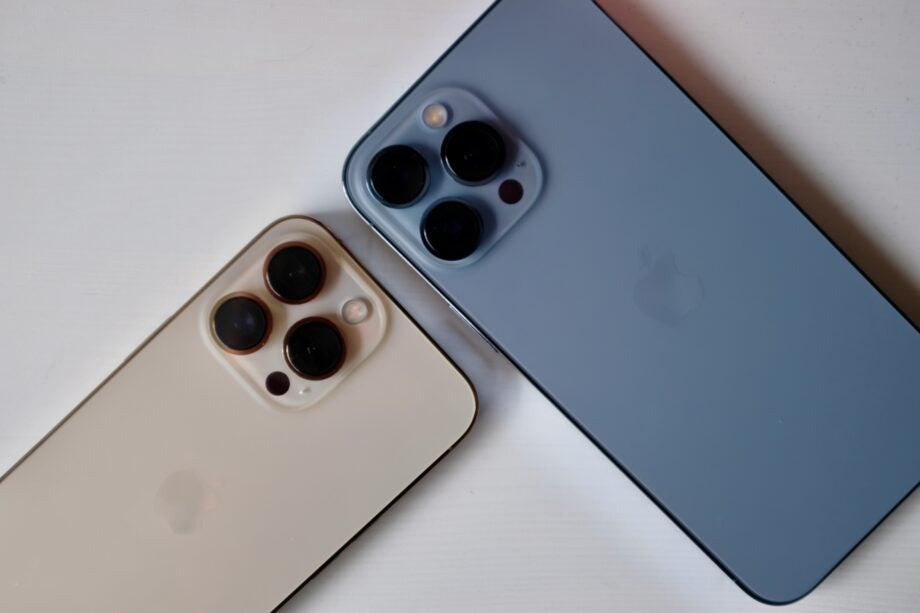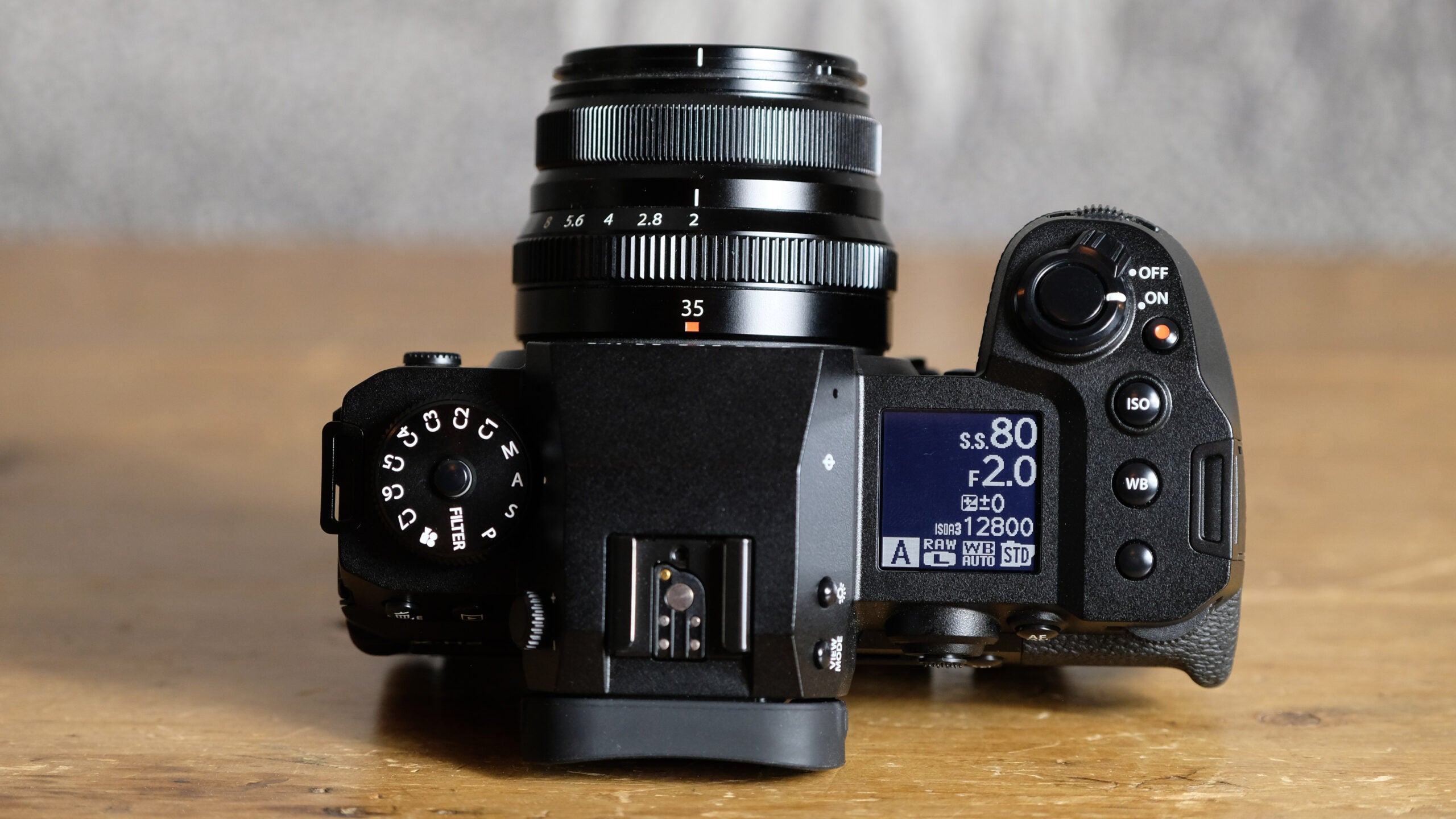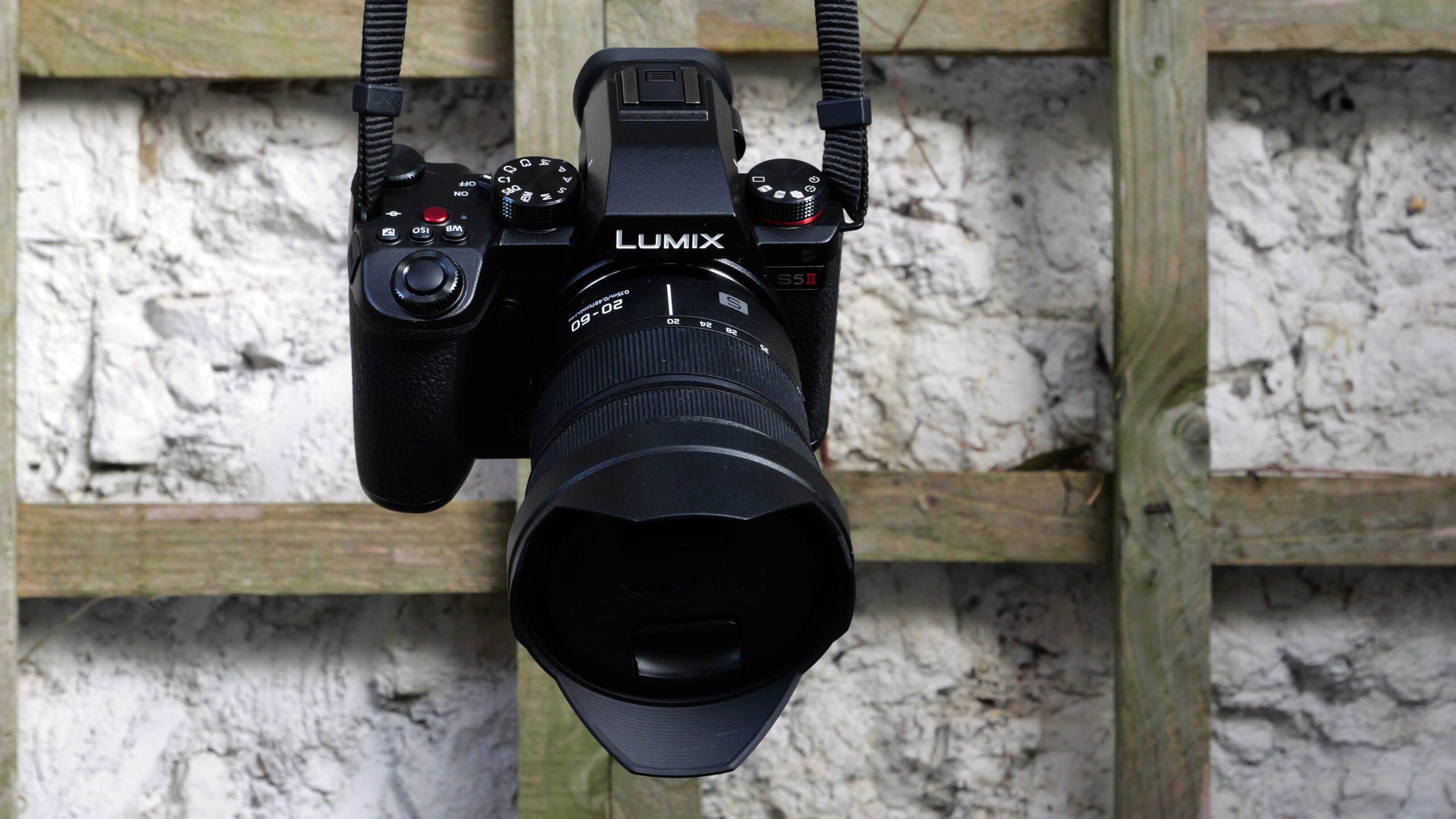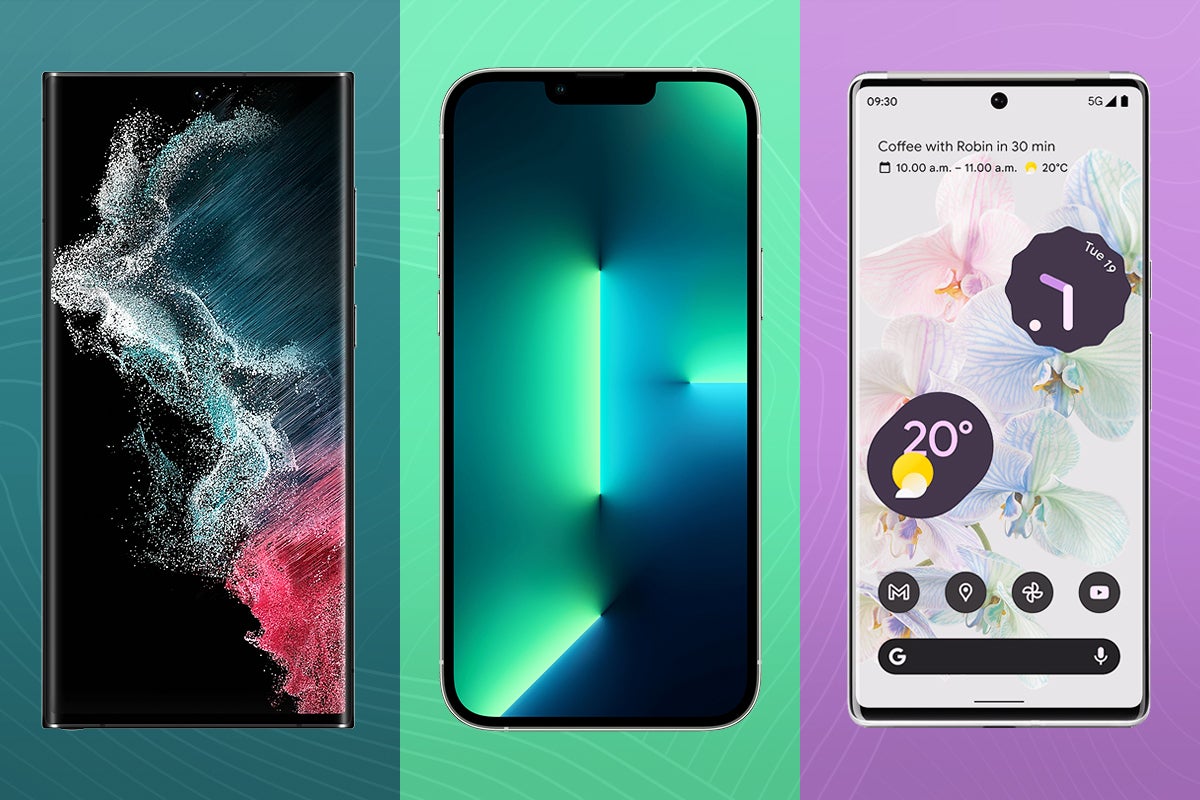What is a macro camera?

Considering upgrading your smartphone to one with a more capable camera? Macro might be one of the terms you’ve seen thrown around. We’ve put together this guide to explain everything you need to know about Macro lenses.
Read on to discover what a macro lens is, how macro modes work on smartphones, which phones have them and where else you can find macro lenses.
If you’re interested in learning more about smartphone photography, make sure to check out our guide to telephoto zoom, along with our list of the best camera phones available right now.
What is a macro lens?
A macro lens is a camera lens designed to take close-up shots of small subjects and capture tiny details.
Strictly-speaking, a macro lens should have a reproduction ratio of at least 1:1, meaning a 50mm insect would appear 50mm long on the camera’s sensor. However, not all lenses or macro modes marketed as “macro” fit this criteria.
While the term traditionally relates to cameras, nowadays you can find macro lenses right in your pocket on many mid-range and flagship smartphones, meaning you can capture incredibly detailed images of small things and everyday objects without a fancy camera or kit.
What is a macro camera on a phone?
It isn’t uncommon to find a macro camera in your smartphone these days, though how each manufacturer achieves these macro results can vary.
Some phones sport dedicated macro lenses, while others simply adjust the focal distance on the wide or ultra-wide lenses already used in the camera to match those required for macro photography.
Smartphones and digital cameras can also use algorithms to achieve results similar to those captured with a true macro lens, such as one attached to a DSLR.
If your phone doesn’t offer a macro mode, you can also find clip-on lenses on the web. Though, the results will, of course, vary depending on the lens.
Which phones have macro cameras?
You can find macro cameras on both Android and iOS smartphones.
Apple uses the ultra-wide sensor on the iPhone 13 Pro and iPhone 13 Pro Max to capture macro images. All you need to do is move up to 2cm away from your subject, and the camera will automatically stay in focus to capture highly detailed images. However, we did notice that the sensor lost some of its usual bokeh in macro mode when we tested the iPhone.
Samsung includes a Focus Enhancer feature that does a similar thing on the S22 Ultra.
Despite being one of the most advanced camera phones on the market, the Pixel 6 Pro doesn’t actually have a dedicated macro mode. You may, however, be able to use the telephoto camera to achieve macro-like results.
Other smartphones with macro modes include the Oppo Find X5 Pro, the Xiaomi 12 and the OnePlus Nord CE 2, to name just a few we’ve tested.
What is a macro lens on a camera?
Whether your camera is capable of achieving a 1:1 reproduction ratio depends on the focal length of its lens. Most macro lenses designed for DSLRs and mirrorless cameras have a focal length that sits somewhere between 50mm and 200mm.
Those on the lower end of this spectrum are considered shorter focal lengths. These require you to get up close and personal with your subject and don’t offer much bokeh, but are cheaper to buy, making them more accessible for beginners.
A macro lens with a longer focal length, such as a 150mm one, will allow you to put some distance between yourself and your subject and provide significantly better depth of field. However, these lenses are heavier and tend to be a lot more expensive.
There are also plenty of lenses that offer a good compromise between the two.





